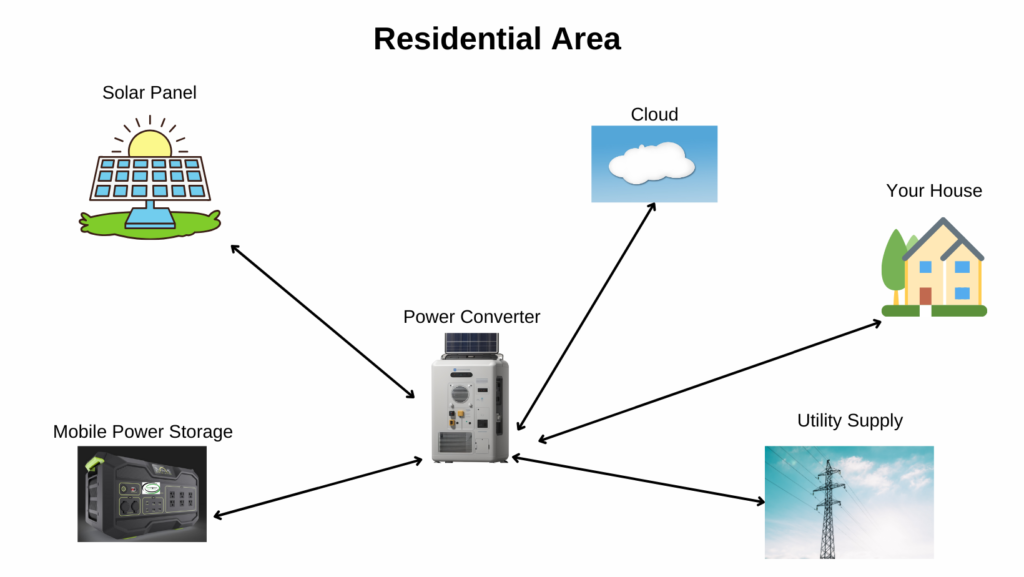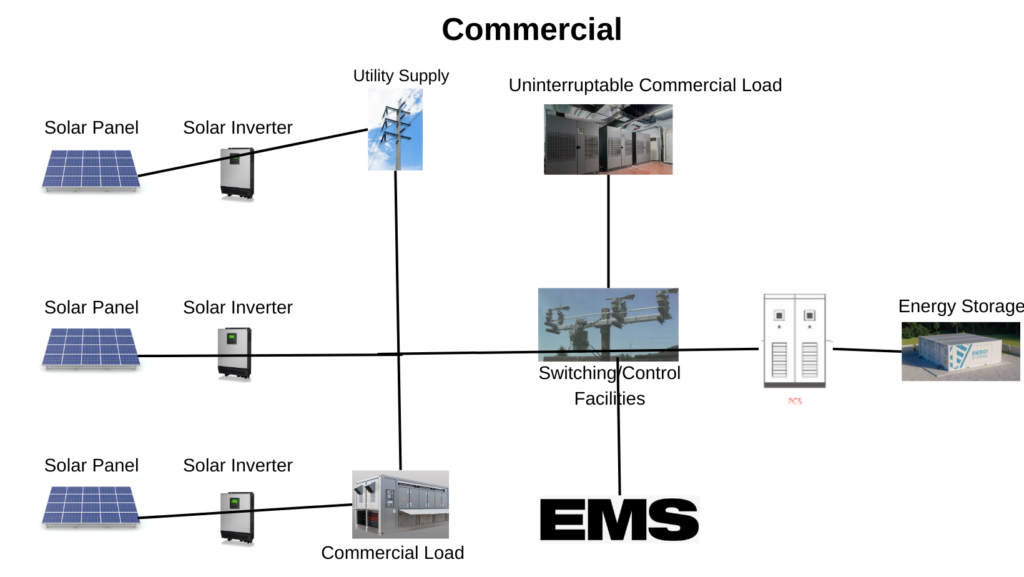More Power, More Possibilities: Discover the Future of Energy with Our Solutions.
ECOrepono: Leading the Charge in Green Energy Innovation

Portable Power Station
Choosing a power station involves considering several factors, including the energy requirements, environmental impact, cost, and location.
Expert Advice
How Power Station & Energy System Works

Portable power stations (mobile energy storage systems) offer a versatile solution for camping sites, addressing various needs such as lighting, refrigeration, cooking, and entertainment devices. Equipped with compact and efficient power stations, these portable systems can power LED lights for ambient lighting during the night, ensuring a comfortable camping experience. They can also operate refrigeration units, preserving food and beverages. For cooking, the portable power stations can power electric stoves or camping grills, providing a convenient and eco-friendly alternative. Additionally, the system can support heating or cooling devices, enhancing comfort in changing weather conditions. Furthermore, portable power stations are equipped with multiple outlets, allowing campers to charge essential devices like cell phones, computers, cameras, and other electronic gadgets. This comprehensive approach to energy provision enhances the overall camping experience, providing a reliable and sustainable power source for various activities.

In residential settings, energy storage systems can play a pivotal role in conjunction with solar power panels, offering households a sustainable and efficient energy solution. By harnessing clean energy from solar, these systems store excess electricity, providing a reliable backup during periods of insufficient power generation. The ability to sell surplus energy back to the grid serves as an additional income stream for homeowners, contributing to the economic viability of renewable energy investments. Furthermore, energy storage enhances overall energy quality, ensuring a stable power supply even during grid outages or fluctuations. Cloud-based management systems enable residents to monitor and control their energy usage, optimizing efficiency and promoting a greener, more self-sufficient lifestyle. This integrated approach not only empowers households to reduce their dependence on traditional grid sources but also positions them to actively participate in sustainable energy practices while enjoying economic benefits.

In the realm of commercial applications, energy storage systems, in tandem with solar power, offer a comprehensive solution for energy conservation, storage, and charging within commercial complexes. By incorporating energy-efficient technologies to curtail energy consumption, businesses can achieve sustainability goals and reduce their environmental footprint. The integration of distributed renewable energy stations coupled with energy storage diminishes dependence on conventional power sources, ensuring a more resilient and eco-friendly energy supply. Moreover, energy storage systems play a crucial role in supporting the installation of charging stations in parking lots and underground garages, catering to the growing demand for electric vehicles. This holistic approach not only fosters energy independence but also aligns with environmental responsibility, making it an integral strategy for forward-thinking commercial establishments seeking sustainable and integrated energy solutions.

In off-grid and remote isolated communities, the integration of renewable energy sources and energy storage systems offers a transformative solution to address electricity needs sustainably. Often disconnected from traditional grids, these communities commonly rely on diesel generators, presenting both cost and environmental challenges. Embracing integrated solutions, such as wind and solar power coupled with energy storage, not only mitigates reliance on diesel generators but also provides a clean and reliable energy source. This shift to renewable energy not only significantly reduces operational costs but also diminishes the environmental impact associated with diesel usage. Energy storage systems play a crucial role by capturing excess energy generated during peak times and ensuring a consistent power supply during low-production periods. This comprehensive approach empowers remote communities to achieve energy independence, improve their environmental footprint, and promote long-term sustainability while fostering economic and social development.

In critical load backup scenarios, such as data centers, energy storage systems play a pivotal role in ensuring the uninterrupted operation of essential services. Particularly under the “dual-carbon” strategy, where low-carbon data centers are emerging as a future trend, the integration of renewable energy, storage, and virtual power plants enables these facilities to attain carbon neutrality. Energy storage serves as a linchpin in peak shaving, smoothing out energy demand fluctuations and ensuring a stable power supply to prevent data loss during power outages. This capability enhances the overall reliability and stability of the power supply system, safeguarding critical operations within data centers. Additionally, by relying on clean energy sources, these storage systems contribute to the reduction of carbon emissions, aligning with sustainability goals and fostering a more environmentally conscious approach to powering essential infrastructure.

The application of energy storage in microgrids includes a wide range of scenarios such as isolated communities, remote militia, mining operations, and essential electrical equipment like mobile signal transmission base stations and maritime radar stations. Conventional photovoltaic or wind power generation may struggle to provide consistent power for these users. However, by implementing an intelligent microgrid with integrated energy storage, the system can precisely coordinate and control power generation, storage, and consumption. This coordinated approach ensures a balanced and stable energy supply, overcoming the challenges posed by unpredictable weather or insufficient renewable energy production. The microgrid’s ability to operate off-grid enhances resilience, offering a sustainable and economical solution for powering essential infrastructure and services, particularly in remote or isolated locations.

In tandem with the rapid growth of the new electric vehicle industry, there is a growing demand for charging stations. The idea of the “solar-energy-storage integrated charging station” stands out as one of the promising and sustainable solutions. Such an innovative station seamlessly integrates photovoltaic power generation, large-capacity energy storage batteries, and intelligent charging piles. By harnessing solar energy, the station efficiently absorbs off-peak electricity, storing it in high-capacity batteries. This stored energy can then be utilized for fast charging during peak periods, offering a green and reliable power source for electric vehicles. This integrated approach not only addresses the increasing demand for charging infrastructure but also contributes to the promotion of eco-friendly transportation by utilizing renewable energy sources.
What We Do
The World's Best Mobile Power Stations
Outdoor Usage

A portable power station is a device that functions as a mobile source of power, allowing you to charge and run various electronic devices and appliances. It is particularly useful in outdoor activities, emergencies, or situations where access to a traditional power source is limited.
Energy Generators

Energy generators for portable power stations are compact, versatile devices that convert energy from various sources, such as solar, wind, or traditional wall outlets, into electrical power that can be stored and used to charge electronic devices or run small appliances. It provides a convenient and eco-friendly solution for on-the-go power needs.
Daily Use

AC outlets: for powering small appliances and electronic devices; DC outputs: for charging devices that use car adapters or other DC power sources; USB ports: for charging smartphones, tablets, and other USB-powered devices.
Rechargeable Battery

It can be charged through various means such as solar panels, car adapters, or traditional wall outlets.LCD screens or indicators: to display battery level, input/output status, and other relevant information.Built-in inverters: to convert DC power to AC power, allowing you to use standard household devices

